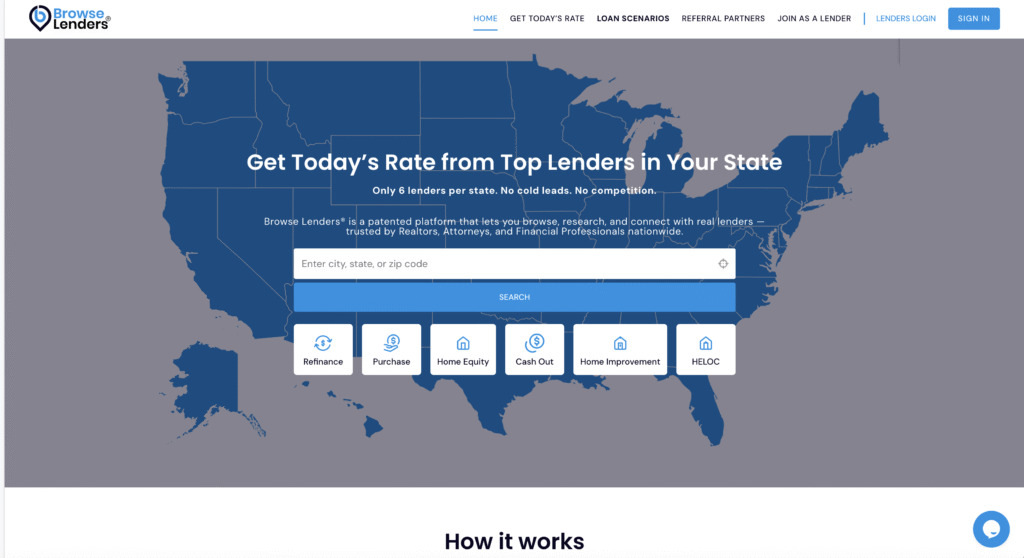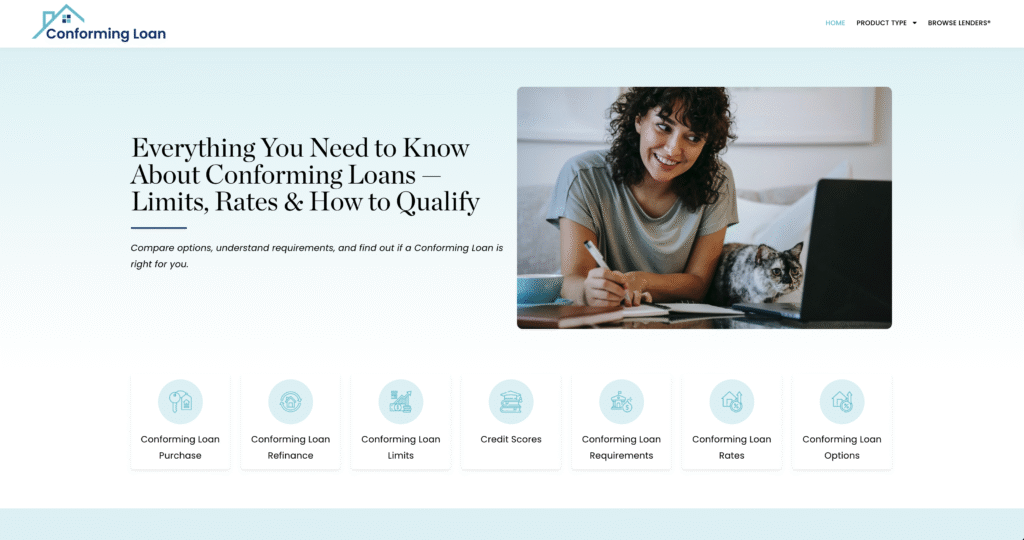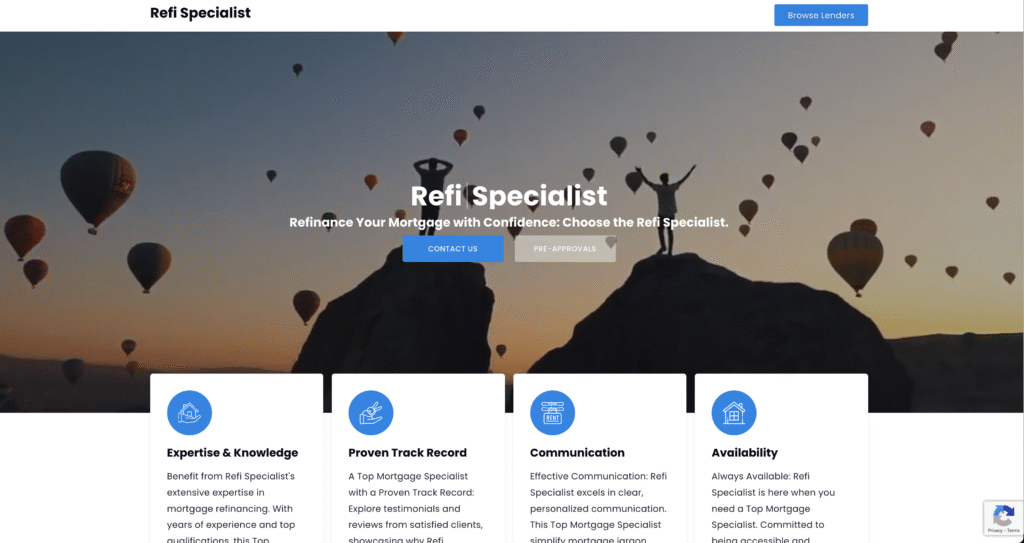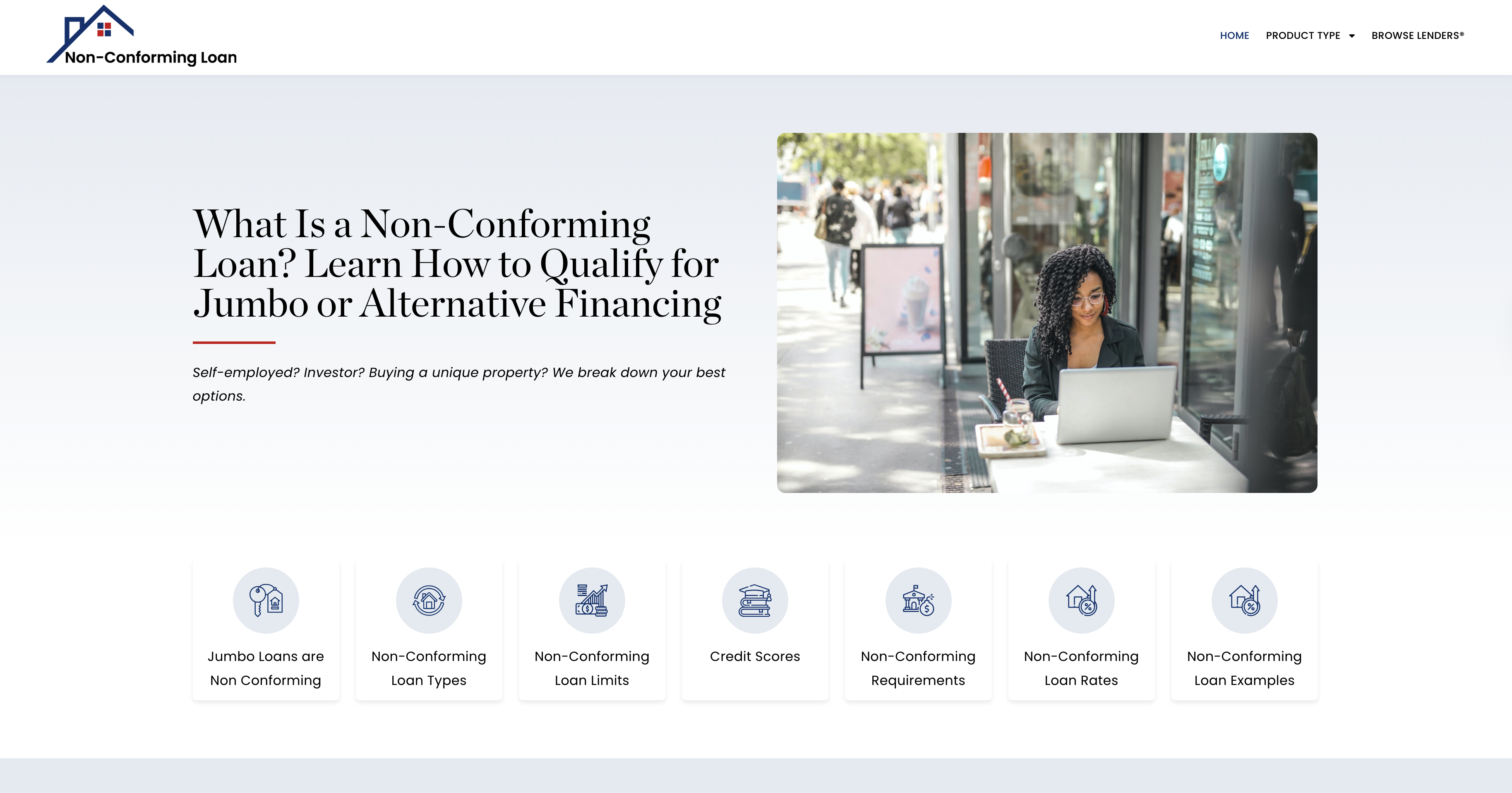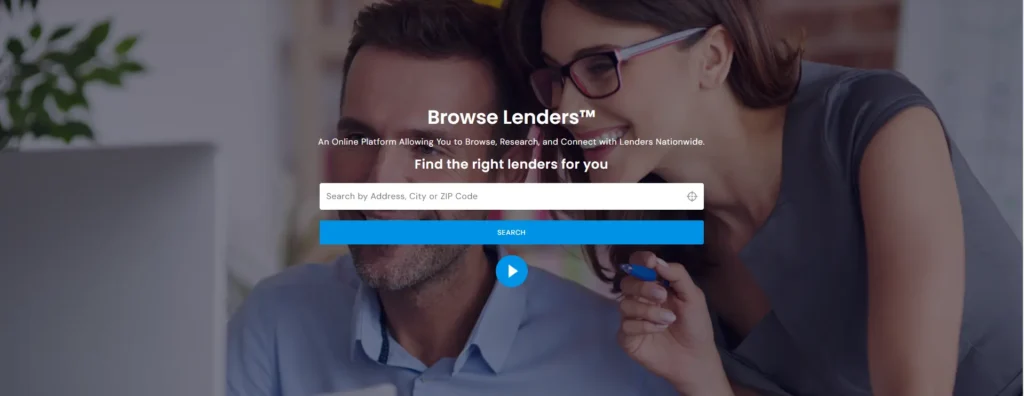THE REALITY
When you apply for housing, the first thing a landlord or property manager checks is not your income — it’s your Middle Credit Score®. Before they ever learn who you are as a person, they make a classification about what kind of risk you represent.
Housing decisions are not personal — they are predictive.
The landlord isn’t asking, “Can this person pay?”
They’re asking, “How likely is it that I’ll have a problem with them?”
Your Middle Credit Score® answers that question for them before you ever speak.
It becomes:
- Your reputation shortcut
- Your trust signal
- Your behavior profile
- Your predictability score
If your Middle Credit Score® places you in a higher-risk tier, you are treated as someone who might cost money later — late payments, damage risk, early lease breakage, disputes, difficulty with renewal, etc.
So the system requires more from you upfront (cash as collateral)…
because they trust you less on the back end.
That’s why someone with a 720 Middle Credit Score® pays a lower deposit — not because they’re “better,” but because they’re categorized as lower fallout risk.
Conversely, when your Middle Score is weak, the system compensates by pulling money forward, before trust is earned.
This is why renters with lower credit scores get:
- Higher deposits
- Stricter conditions
- Fewer property options
- More documentation requests
- Less flexibility in negotiation
- Faster denial pipelines
It’s not punishment — it’s classification.
And classification dictates treatment.
The painful part is this:
You don’t just get less housing choice — you get more expensive housing access.
Even when both renters earn the same income.
This is the part most people never see —
because they assume housing approval is based on affordability.
In reality, it’s based on predictability.
You’re not being screened for can you pay?
You’re being screened for how you behave after you move in.
That is the housing system most renters never get taught…
and it is the reason Middle Credit Score® readiness matters before shopping for a place to live.
THE RISK LENS
When a landlord or property manager pulls your Middle Credit Score®, they’re not looking at it the same way a consumer does. They are not thinking “680 vs 720” — they are looking at risk buckets and behavior prediction.
To them, your credit profile isn’t about money.
It’s about future friction.
A lower Middle Score = a higher management cost risk.
A higher Middle Score = a lower oversight cost risk.
This is why two people with identical income and employment can receive two very different rental offers — one with a standard deposit, and one with a “risk-adjusted” deposit.
Your Middle Credit Score® becomes a proxy for who you will be as a tenant before they ever meet you.
Here is the risk logic they are actually using:
| Risk Category | How They Interpret You | Result |
|---|---|---|
| Low Risk | “Consistent, low maintenance, unlikely to disrupt cashflow” | Minimal deposit + faster approval |
| Moderate Risk | “Might require financial padding” | Higher deposit or limited property options |
| Elevated Risk | “Could create payment or lease exposure” | Large deposit, co-signer requests, or denial |
| High Risk | “Too unpredictable to absorb” | Automatic denial or only low-quality inventory |
Notice — they’re not judging you personally, they’re managing exposure.
Landlords don’t care if you’re a “good person.”
They care if you are a low-cost tenant to manage.
And your Middle Score is the shortcut to that classification.
This is why renters with lower credit aren’t just told “no” — they’re told “yes, but it will cost you more first.”
They aren’t rejecting applicants —
they are pricing the risk.
That is also why even a mild improvement in your Middle Credit Score® can dramatically change your treatment.
Because once you cross into a lower-risk tier:
- You’re no longer priced like a potential problem
- You’re treated like a manageable asset
- The system assumes you won’t cost them anything later
Housing access doesn’t start with affordability —
it starts with risk optics.
That is the lens they’re using… whether you know it or not.
And until you understand that lens, you can’t change how you’re treated inside it.
THE READINESS LENS
Once you understand how your Middle Credit Score® is used to classify you, the idea of “housing readiness” becomes much clearer — it’s not about if you can pay, it’s about how confidently the system believes you will.
Readiness is what changes your experience from:
“Prove yourself first” → “You are already trusted.”
When your Middle Credit Score® signals low-risk and stability, you aren’t “applying for permission” — you’re entering the process pre-qualified for better treatment.
This changes three major components of your housing journey:
✅ 1. ACCESS → You get better inventory
Instead of being limited to what landlords are willing to tolerate, you gain access to properties and neighborhoods reserved for lower-risk tenants — because property managers prefer leasing to people who cost them less to manage.
✅ 2. TERMS → You get better conditions
When the system trusts you:
- Deposits shrink or disappear
- Co-signer requirements vanish
- Screening friction drops
- Lease terms become more flexible
What used to feel like “gates” start to feel like “green lights.”
✅ 3. COST → You pay less to get in
A strong Middle Credit Score® means the landlord doesn’t need to hold your money as collateral. Your trust profile replaces the deposit burden. Improving your tier is literally like buying back your own liquidity.
This is why “readiness” is not a score number —
it’s a risk classification.
The person with a 690 Middle Score isn’t “slightly better” than the person with a 640 — they are in a different risk tier, with different privileges.
You don’t need perfect credit for readiness.
You need the right trust tier.
Once your risk tier shifts, so does the way you are treated — not after you pay, not after you explain — before anything else even happens.
Housing readiness is not about waiting for approval —
it’s about starting from advantage instead of deficit.
THE TRANSITION STRATEGY
Understanding why the system classifies you a certain way is only half of the equation. The real turning point is understanding how you move from the tier you’re in today to a tier that gives you leverage tomorrow.
Most people try to improve housing outcomes by searching harder, applying more, or hoping for a “sympathetic landlord.”
But the housing system doesn’t reward effort — it rewards stability signals.
Transitioning into a stronger housing tier is not about luck, or charm, or explanations — it’s about repositioning yourself so the system automatically categorizes you as low risk.
That’s the part nobody teaches consumers:
You don’t convince landlords you are low-risk —
you signal it through the data they trust.
Here is the actual path of transition:
✅ STEP 1 — Stabilize Your Credit Signals (Score Behavior)
Before your score increases, your behavior pattern must show predictability.
Housing systems care more about trajectory than perfection.
✅ STEP 2 — Reduce Your Risk Markers (Utilization / Volatility)
It’s not just what you owe — it’s whether your spending swings.
Stability = trust.
Volatility = risk.
✅ STEP 3 — Eliminate Red Flags (Errors / Unresolved Items)
Even small unresolved errors make you look “unpredictable,”
which equals “higher deposit needed.”
✅ STEP 4 — Build a “Low-Maintenance” Profile
Landlords and lenders aren’t just screening for responsibility —
they are screening for whether you will require management.
A low-maintenance profile → lower financial friction.
✅ STEP 5 — Enter the Market After You’ve Shifted Tiers
This is where most consumers sabotage themselves.
They apply too early — when their score is still sending the wrong signal — and then assume they were “unfairly treated.”
The truth is simpler:
You were screened using last month’s risk tier, not next month’s.
The “transition strategy” is not about chasing a bigger number —
it is about changing the way the system interprets you.
Once your classification changes,
your experience changes — automatically.
Better access.
Better terms.
Lower cost of entry.
Not because you asked for it —
but because you now qualify for it.
TIER IMPACT EXAMPLES
Most renters never realize how dramatically their Middle Credit Score® changes their housing options because the system does not tell you what you missed — it only shows you what it was willing to give you.
To make this real, here is what two people with the same income experience — one with a lower-risk tier, and one with a higher-risk tier.
✅ Scenario A: Apartment Application
| Profile | Lower Risk Tier (Example: 705) | Higher Risk Tier (Example: 612) |
|---|---|---|
| Deposit | $250 or waived entirely | $1,500 – $2,500 |
| Screening Time | 24–48 hours | 5–10 days |
| Available Units | Newer buildings, better locations | Older inventory, less desirable options |
| Lease Terms | Flexible / renewal incentives | Rigid / probationary language |
| Landlord Perception | “Low oversight tenant” | “Possible management cost” |
Same paycheck.
Different risk tier.
Completely different experience.
✅ Scenario B: Move-In Cost
| Item | Lower Risk Tier | Higher Risk Tier |
|---|---|---|
| First month rent | $1,600 | $1,600 |
| Deposit | $250 | $2,000 |
| Admin / screening fees | Standard | “Expanded screening” or “risk fee” |
| Total move-in | $1,850 | $3,600+ |
The tenant with the weaker Middle Credit Score® doesn’t just face more scrutiny — they lose access to liquidity before they even move in.
They are effectively punished upfront, not later.
✅ Scenario C: Renewal Leverage
| Profile | Lower Risk Tier | Higher Risk Tier |
|---|---|---|
| Renewal Terms | Negotiable | Take-it-or-leave-it |
| Rent Increase | Often capped or reduced | Max allowable |
| Incentives | Upgrade offers / retention perks | None |
| Stability | Seen as an asset | Seen as a risk |
This is the part most renters never see coming:
Your Middle Credit Score® affects how you’re treated after you become a tenant, not just before.
Because the landlord isn’t reviewing who you are —
they are reviewing what managing you will cost them.
✅ Now the psychological flip:
Once you enter the better tier, the treatment you receive changes without argument, without explanation, without asking.
Because the system isn’t rewarding you personally —
it’s rewarding your trust classification.
That’s readiness.
MISTAKES TO AVOID
Most people don’t get denied housing because they’re unqualified —
they get denied (or overcharged) because they apply before they are ready.
Housing systems don’t say:
“You applied too soon.”
Instead, they say:
“We regret to inform you…”
Here are the most common readiness mistakes that cost people money, options, and leverage:
❌ MISTAKE #1 — Applying While Still in the Wrong Tier
If your Middle Credit Score® still places you in a high-risk category, you are asking the system to compensate against you — which leads to higher deposits, worse locations, or instant rejections.
Housing is not about luck — it’s about timing + classification.
❌ MISTAKE #2 — Believing Income Can Override Risk
People often think:
“I make good money — so I’ll be fine.”
But landlords don’t screen for money first,
they screen for management risk.
You cannot “out-earn” a risk tier.
❌ MISTAKE #3 — Trying to Explain Yourself
Providing context, hardship stories, or reassurance after the score is pulled almost never works — because landlords don’t adjudicate personal circumstances.
They rely on neutral risk models, not narrative.
You can’t out-argue the algorithm.
❌ MISTAKE #4 — Fixing Scores but Not Fixing Signals
Some renters dispute items or pay balances, but their pattern of behavior still looks unstable — late swings, utilization spikes, inconsistent payments.
Housing readiness is about profile predictability, not just score recovery.
❌ MISTAKE #5 — Applying Too Often
Multiple housing checks in a short timeframe can make the system think you are unstable or being denied elsewhere — which lowers trust even further.
This creates a downward spiral:
Weak tier → more denials → even weaker tier
✅ The Correct Strategy Is Patience With Positioning
Readiness is not:
“I hope this landlord gives me a chance.”
Readiness is:
“I’ve already qualified at the tier they trust.”
Until your Middle Credit Score® reflects that level of stability,
you are forcing the wrong version of yourself into the market.
When you apply after your tier improves,
the system works with you instead of against you.
Even before you speak.
ACTION FRAMEWORK
Housing readiness is not about guessing, hoping, or applying repeatedly until something sticks. It is about aligning your Middle Credit Score® with the level of trust the housing system rewards.
Below is the readiness path — simplified into a step-based framework you can follow to reposition yourself into a lower-risk tier before you ever apply:
✅ STEP 1 — Find Out Where You’re Starting From
Before you can improve your tier, you need clarity on your current trust classification — not just a score number.
This tells you whether the problem is:
- utilization,
- error reporting,
- instability patterns,
- or past unresolved events.
Awareness determines direction.
✅ STEP 2 — Stabilize Payment & Utilization Signals
Your credit behavior must look predictable before it looks strong.
The system rewards stability first, strength second.
That’s why even modest improvements can move you into a new tier.
✅ STEP 3 — Remove or Neutralize Risk Flags
Errors, unresolved accounts, and reporting inconsistencies all say:
“This person may require oversight.”
Cleaning that noise shifts how the system interprets you, not just how it scores you.
✅ STEP 4 — Give the System Time to See Stability
Many renters fail here — they improve something and then apply immediately.
But the scoring model needs to observe stable behavior for a period of time before it promotes you into the next tier.
Trust is earned through pattern, not transactions.
✅ STEP 5 — Re-Enter the Housing Market From Advantage
Readiness is the moment your profile no longer asks for approval —
it qualifies you for better treatment before you speak, before you explain, before you negotiate.
This is the difference between:
Trying to be accepted
vs.
Being welcomed because you fit the risk model
✅ The Core Shift
Housing access isn’t about “getting a yes” —
it’s about earning the right kind of yes.
When your Middle Credit Score® reflects readiness,
doors open before you knock.
WHY READINESS MATTERS
Housing is more than shelter — it is stability, dignity, and positioning in your financial life. When the system sees you as low-risk, you don’t just get access to more homes… you get access to better choices, better treatment, and better outcomes.
The difference between “getting an apartment” and being housing-ready is the difference between surviving the screening process and being welcomed into the opportunity tier.
Readiness means:
- You are no longer negotiating from weakness
- You are not being required to prove yourself first
- You are not putting up unnecessary cash to compensate for trust
- You are not “hoping” for approval — you are qualifying for better
It is the moment your finances stop working against you
and begin working for you.
✅ What changes when you become housing-ready?
You go from:
| Before | After |
|---|---|
| Risk offset | Trust advantage |
| High deposits | Minimal or waived |
| Limited options | Selective options |
| Defensive posture | Negotiation posture |
| “Please approve me” | “Here are my terms” |
This is leverage, not luck.
And that leverage is earned through your Middle Credit Score® — not as a punishment, but as a classification upgrade.
✅ The deeper truth
Most people think the housing system is unfair.
In reality, the system is neutral — but uninformed borrowers enter it from the wrong tier.
Once you understand the tier mechanics, the experience feels very different.
Because when your Middle Credit Score® signals readiness, the gatekeepers stop seeing you as a liability and begin seeing you as the type of tenant worth keeping.
That shift is the foundation for everything that comes next:
✅ Homeownership readiness
✅ Better loan pricing
✅ Faster approvals
✅ More freedom in where you live and how you negotiate
✅ This is why Middle Credit Score® matters
It is not just a number.
It is the trust signal that decides how much access, leverage, and respect you receive in the housing market — long before anyone meets you.
Becoming “housing ready” is not about chasing a home —
it’s about becoming the version of yourself the system rewards.

